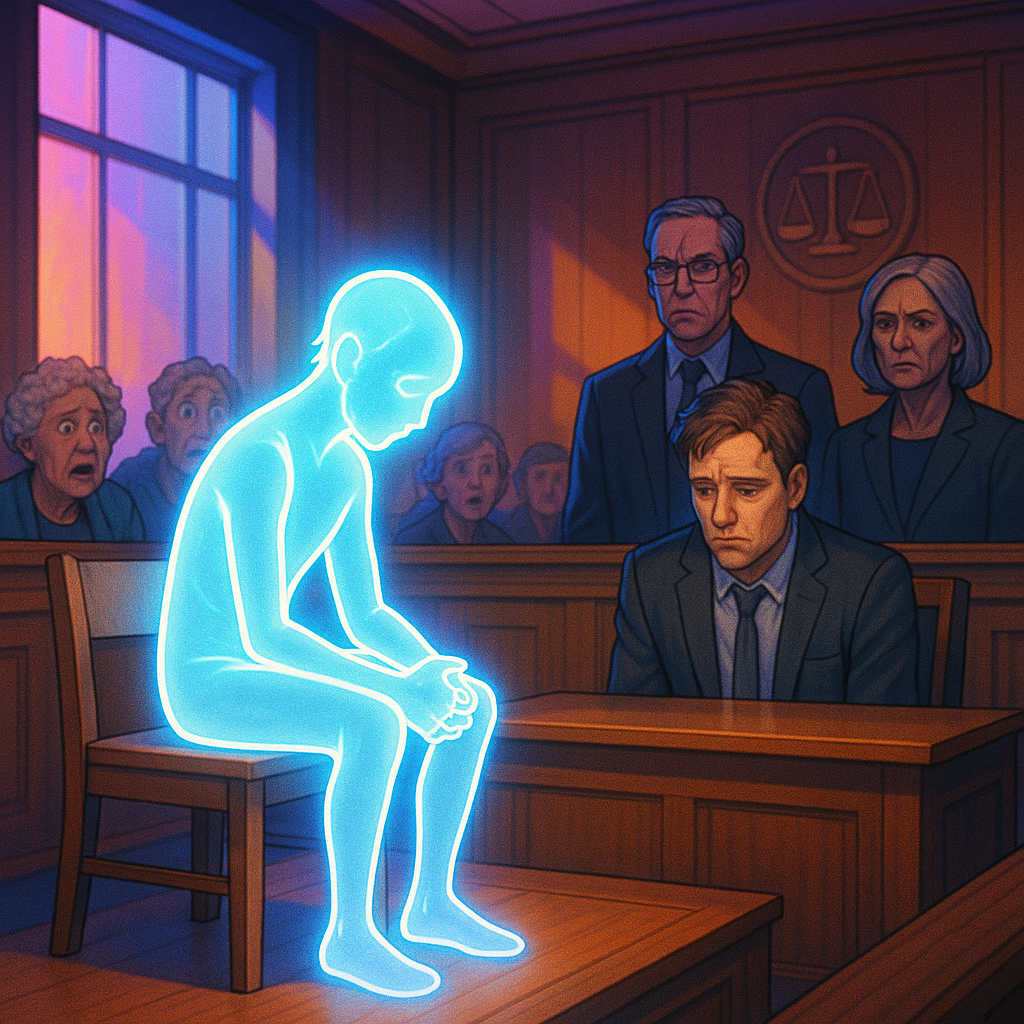AI of Dead Arizona Road Rage Victim Addresses Killer in Court
Introduction
In a groundbreaking yet controversial courtroom incident, the family of Christopher Pelkey, a victim of a road rage shooting in Arizona, resorted to AI technology to have the deceased victim “speak” to his perpetrator. This incident represents a fusion of mourning, justice, and technology, and it left a lasting impact on both those directly involved and the broader legal and ethical landscape. By utilizing AI to create a virtual representation of Pelkey’s voice and presence, the family could deliver a victim impact statement that was uniquely profound and unsettling. Such technological involvement in legal proceedings invites intriguing, albeit contentious, discussions about the ethical and societal implications of using AI to simulate deceased individuals.
Understanding AI Simulation Technology
AI simulation technology is capable of replicating human voices and personalities through sophisticated algorithms and machine learning models. This involves techniques such as deepfake technology and advanced text-to-speech systems that can generate realistic voiceovers based on existing audio or video samples. In the case of Christopher Pelkey, data from his available voice recordings and video footage were likely utilized to teach the AI how to mimic his voice, inflections, and speech patterns.
Creating a digital likeness requires extensive data collection for training AI models. Usually, it involves using generative AI technologies that rely on neural networks to produce convincing replicas of the original subject’s speaking characteristics. The development of such technology raises significant concerns regarding privacy and the moral implications of recreating a person without their explicit consent.
Ethical Considerations
The use of AI to simulate deceased individuals evokes numerous moral dilemmas. First among these is the matter of consent. Did the deceased consent in life to be virtually resurrected for such purposes, and do the surviving family members have the right to make such a decision on their behalf? These questions stir debate about the limits of digital life after death and the ownership of one’s likeness and voice in death.
Moreover, the emotional impact cannot be understated. For the victim’s family, this AI-generated interaction might provide closure or a sense of justice but could equally evoke pain and distress. Similarly, the defendant might experience the simulation as either compelling or disorienting, introducing variables that impact courtroom sobriety and fairness.
Legal Implications
The current legal framework governing the use of AI-generated replicas in court is limited and untested. Instances where digital representations have been used in legal settings are rare, making the Christopher Pelkey case one of the first of its kind in U.S. judicial history. As such, it could potentially pave the way for legislative changes—or at least prompt serious discussions about the admissibility and ethical consequences of AI simulations in legal processes.
Existing precursors in case law involving digital representations typically focus on privacy rights or copyright issues. However, the direct application in courtroom victim impact statements introduces new queries about authenticity, manipulation, and the emotional weight that such technologies might bear on judges and juries.
Societal Impact
Public reaction to AI simulations in courtrooms is varied, ranging from support for innovative legal tools to skepticism about the ethical implications and authenticity of such representations. Some view this practice as an essential evolution in the judicial process, enabling unprecedented insights and emotional expressions, while others question the morality of digitally resurrecting someone to serve purposes they might not have agreed to in life.
This case also hints at a broader trend: the integration of AI in deeply personal, sensitive, and public domains such as grief, remembrance, and accountability. As society grapples with the implications of these technologies, it becomes crucial to evaluate the ethical, societal, and psychological precedents set by such cases.
Future of AI in the Legal System
Looking ahead, the use of AI technologies in courtrooms is poised for further advancements. Such tools can potentially transform trials and hearings, mainly by improving access to information and enhancing the presentation of evidence and perspectives. However, with these changes come new demands for robust ethical frameworks to guide the responsible use of AI.
Developers and legal experts alike must consider ethical guidelines that balance innovation with human dignity and respect for individual rights. This will ensure that the potent capabilities of AI do not overshadow fundamental human values or disrupt the profound ethical foundations upon which judicial systems are built.
Conclusion
The use of AI to virtually represent Christopher Pelkey in court raises profound questions about the future of technology in the legal domain. This case highlights both the opportunities and challenges inherent in integrating AI into sensitive legal contexts. As we embrace these technologies, it is crucial to engage in ongoing dialogues that address ethical considerations, legal ramifications, and societal impacts. As technology continues to evolve, stakeholders must collaboratively establish guidelines that protect human integrity while harnessing AI’s potential to enhance justice and empathy in legal proceedings.
Sources & Links
- Fast Company – AI brought a road rage victim ‘back to life’ in court. Experts say it went …
- NPR – After an Arizona man was shot, an AI video of him addresses …
- YouTube – Murder victim confronts killer by using AI
- eWeek – ‘I Believe in Forgiveness’: First AI Victim Statement Stirs Courtroom …
- Washington Post – Sister creates AI video of slain brother to address his killer in court





